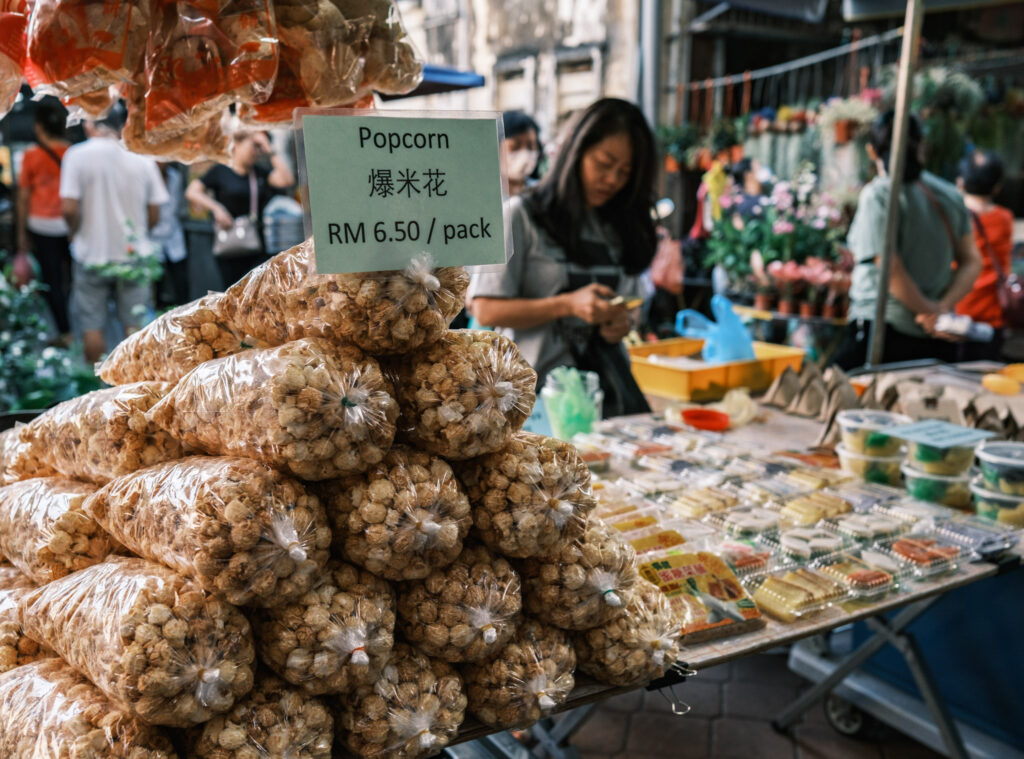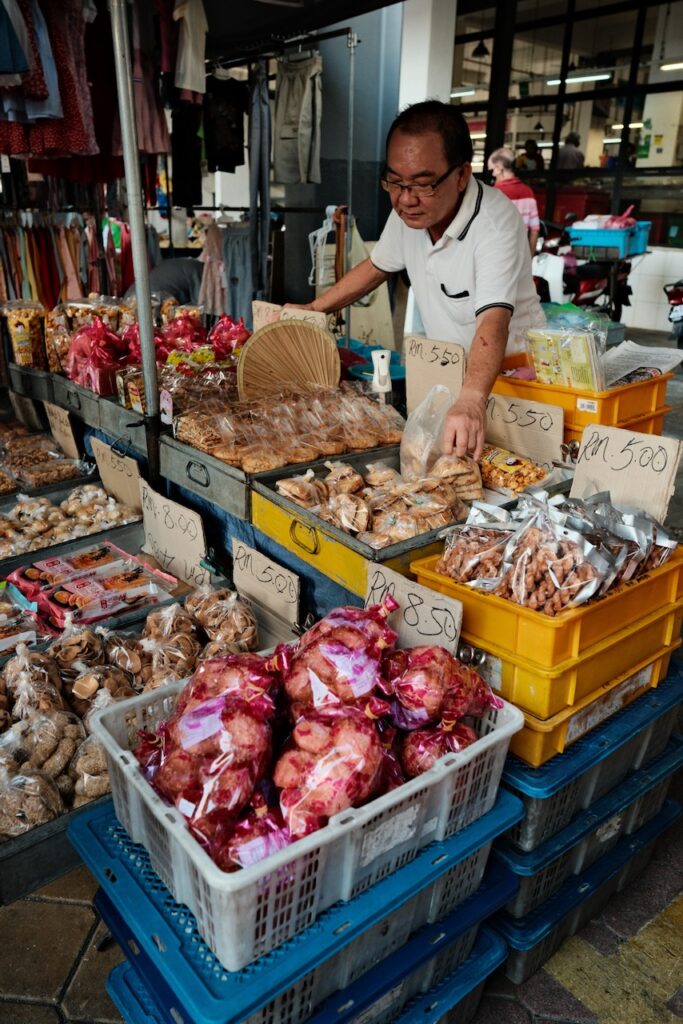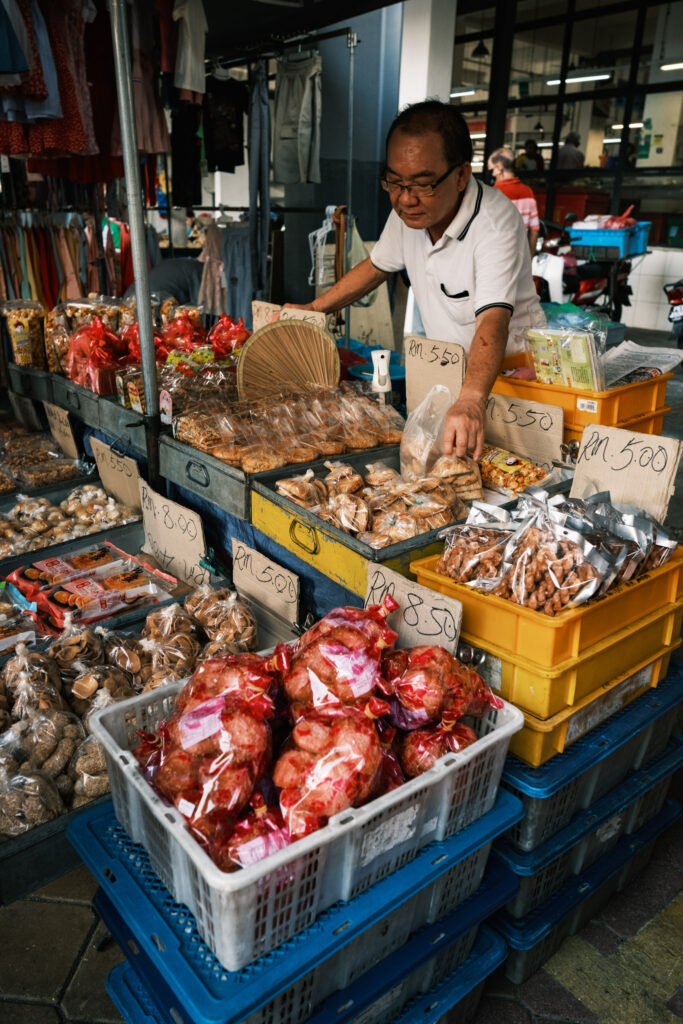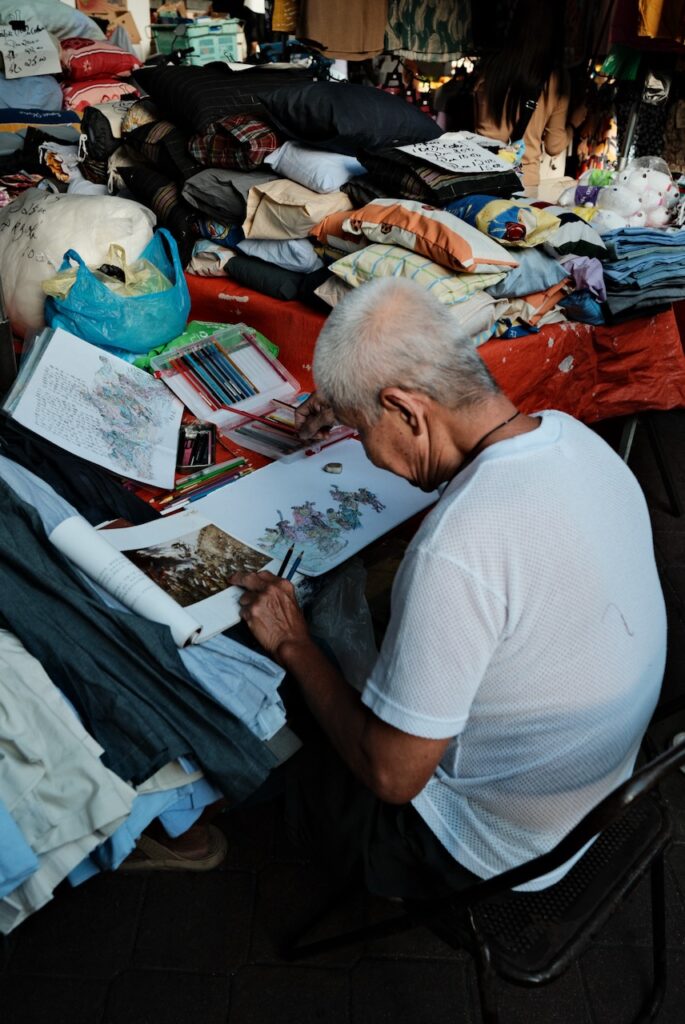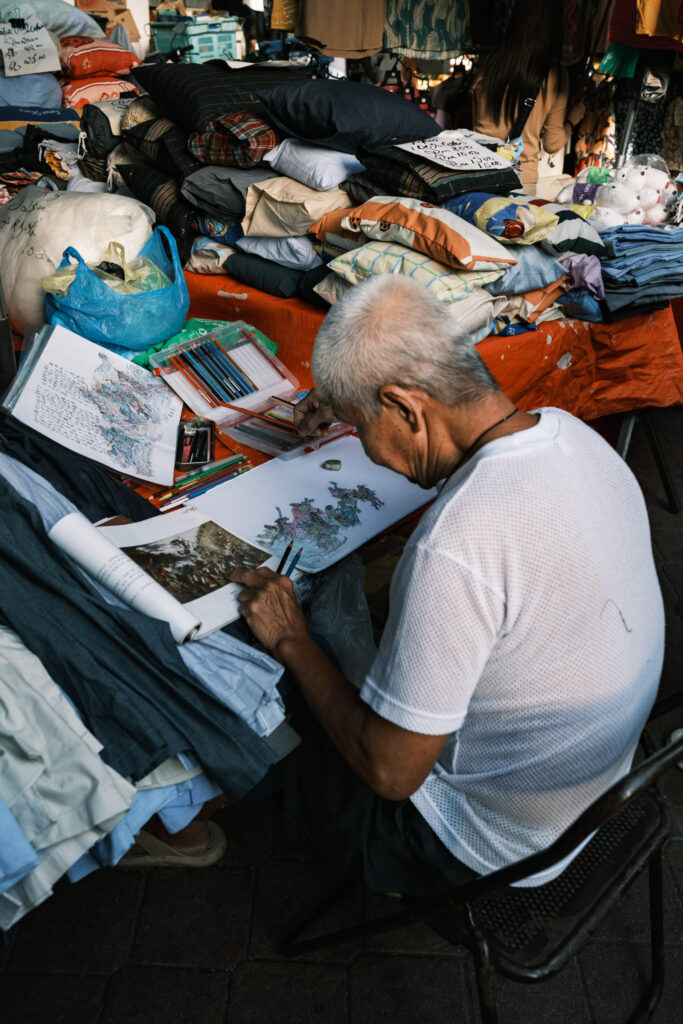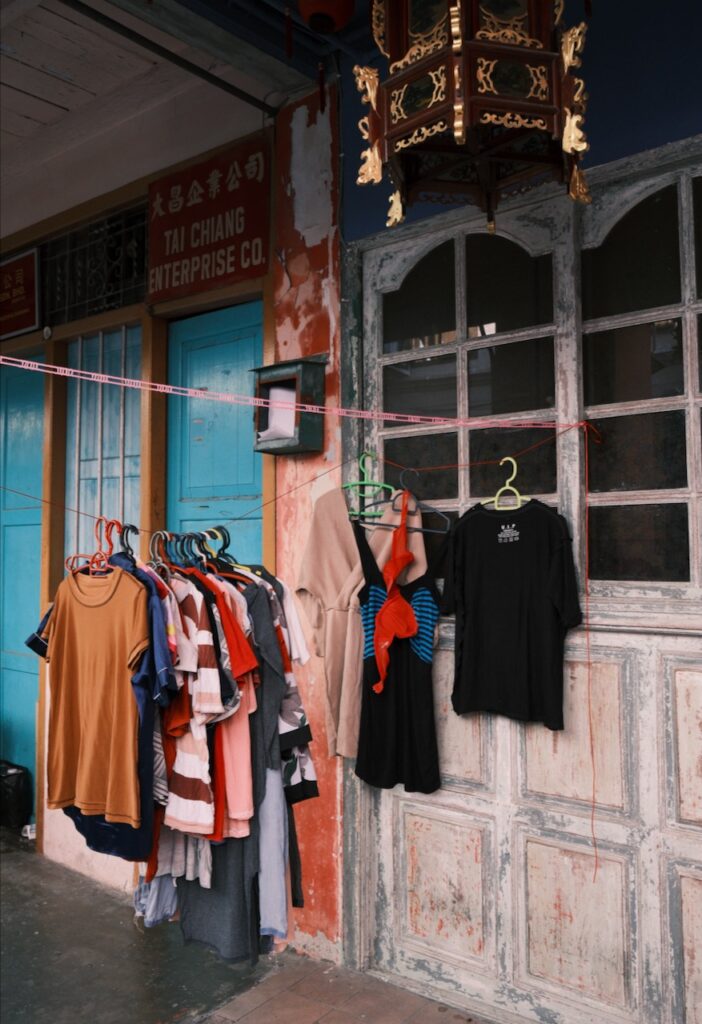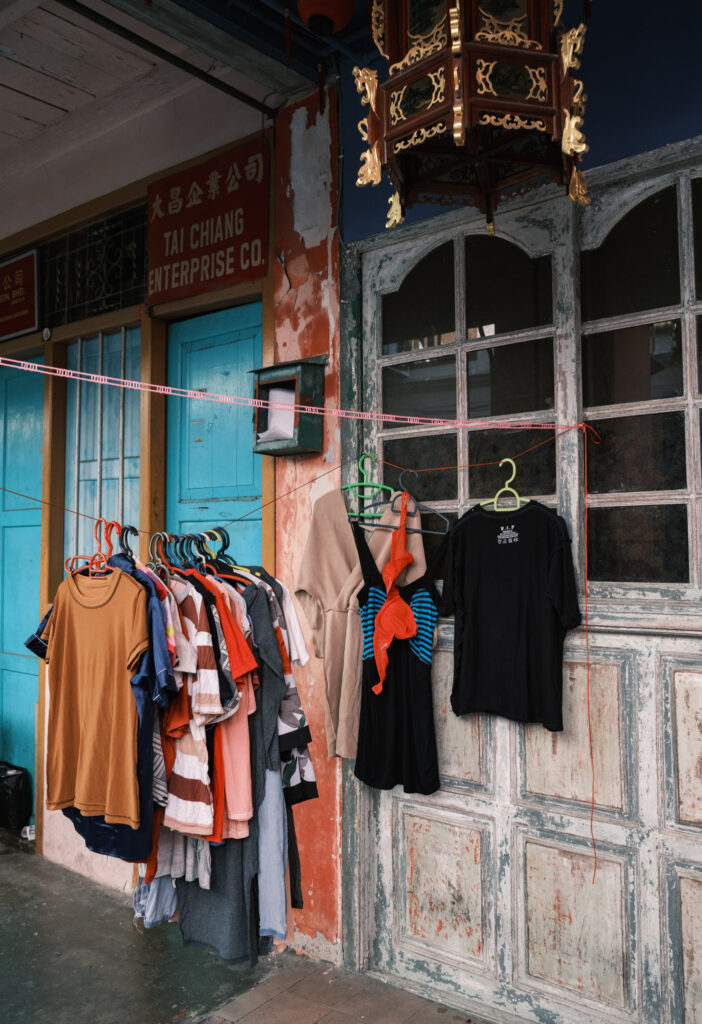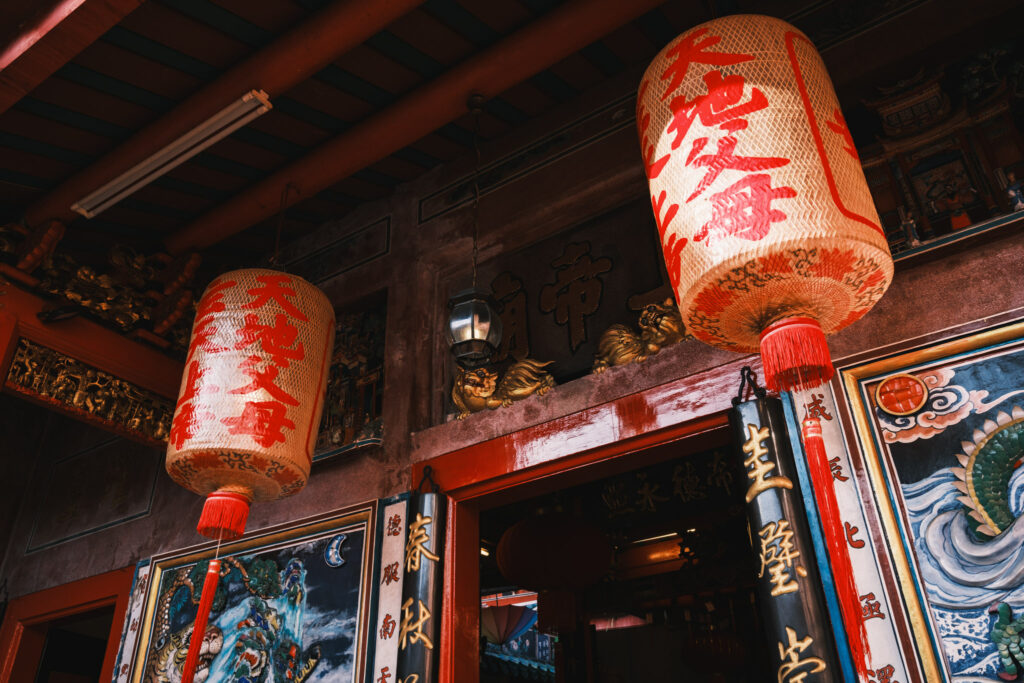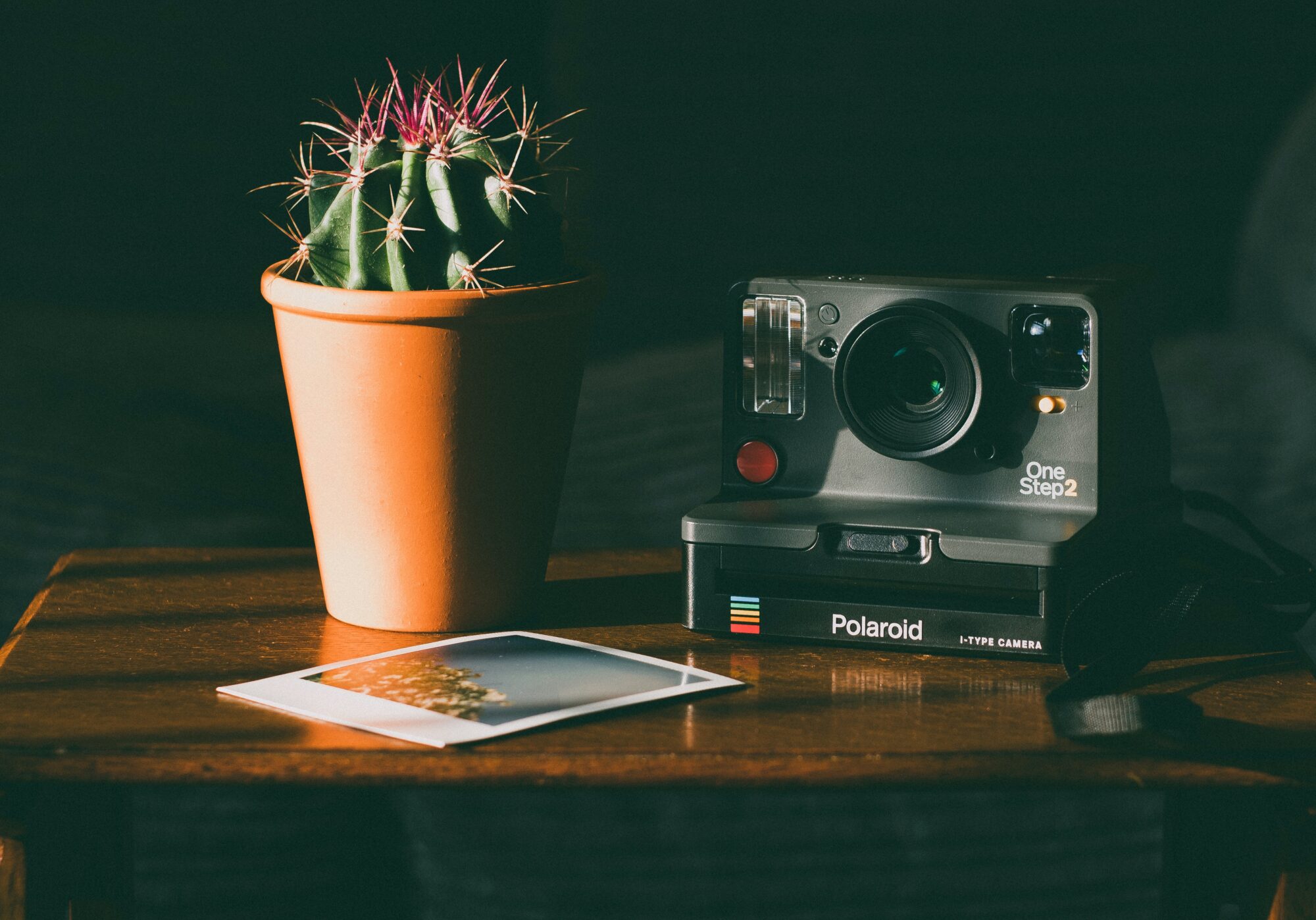“One-step photography” was a concept introduced by the inventor of the Polaroid Land Camera, Edwin H. Land. During a 1947 meeting of the Optical Society of America in New York, he demonstrated how it was possible to produce a fully-developed portrait of himself in just under a minute – a feat of engineering in those days. This was of course in contrast to traditional film development, which required time to process and develop your images.
Or to put it another way, “one step” represented an abstraction of the process of developing and processing the photos, allowing the photographer to focus on taking pictures.
“All that should be necessary to get a good picture, is to take a good picture, and our task is to make that possible.” – Edwin H. Land.
In his article over at FujiXWeekly, Ritchie Roesch described how renowned photographer Ansel Adams loved Polaroid photography. Ritchie also went on to explain that this concept could similarly be applied today with Fujifilm cameras, which cameras are well known for their film simulations, producing great looking JPEGs straight out of the camera. Like back in the film days, today, “one-step processing” represents a fundamental shift in how we think about our digital photos – can we get away with just shooting straight to JPEGs? Can we do away with time-consuming post-processing entirely?
(Just so you know, I have no intention of starting a flame war arising from any debate about the merits of shooting raw versus JPEGs – so keep your torches and pitchforks!)
In this article, I will be showcasing some side-by-side comparisons between straight-out-of-camera (SOOC) JPEGs and those which raw files had been processed in Lightroom. I should emphasise that this is less about the differences in the looks (there certainly are) between the SOOC and Lightroom-processed images, and more about appreciating how (in my view) incredibly usable the JPEGs are straight-out-of-camera. As you have probably guessed by now, I had to spend a fair bit of time processing the raw files (I set my camera to output to both raw and JPEG – you know, just in case) to get them looking “right” in Lightroom.
In the interest of disclosure, please note that some of the images below have been cropped for better composition.
For those SOOC JPEGs, I had been using a modified* version of Ritchie Roesch’s Fujicolor Superia 100 for X-Trans V sensors.
*Modified to allow for better highlight retention.

